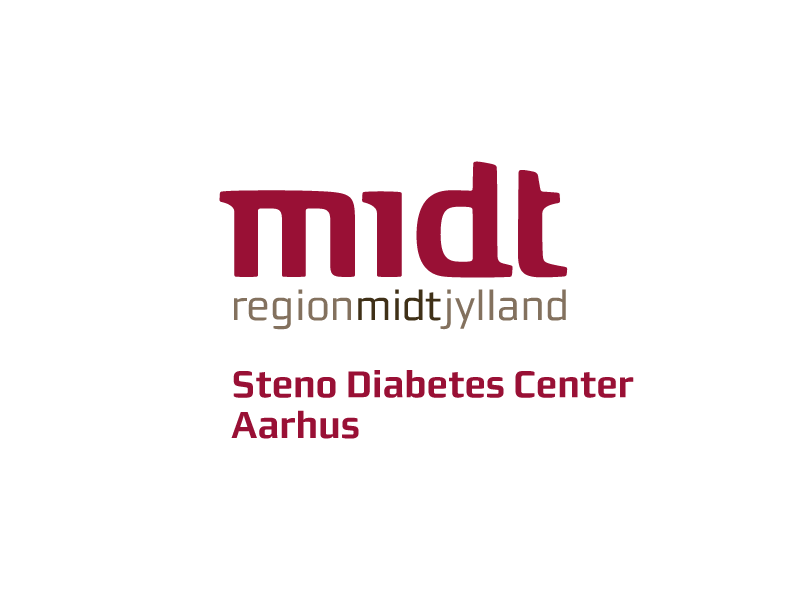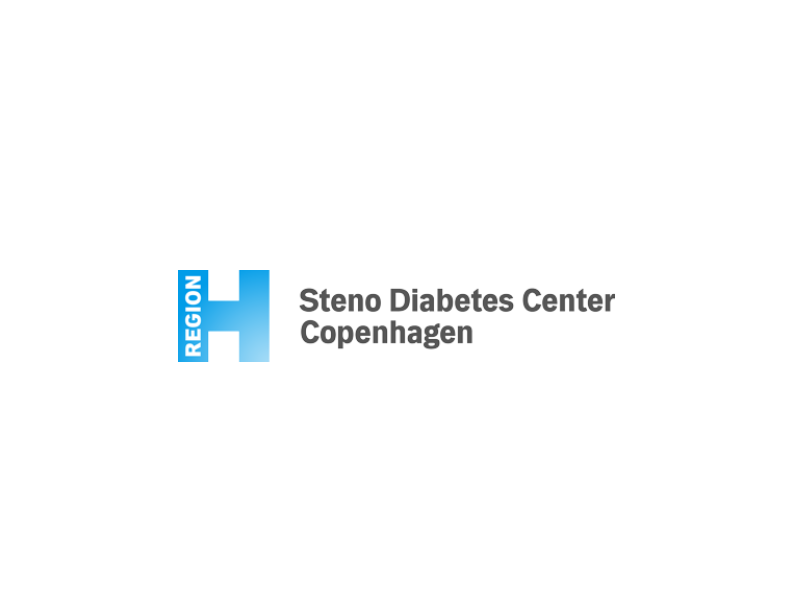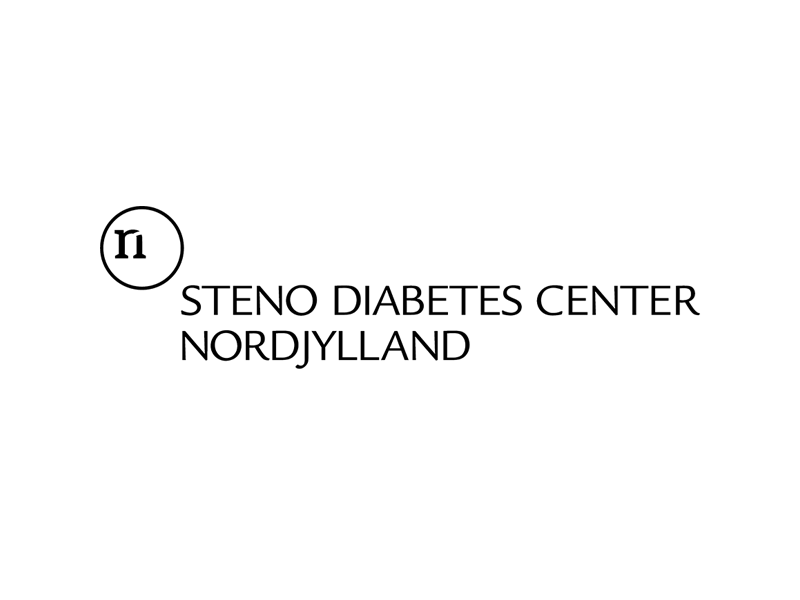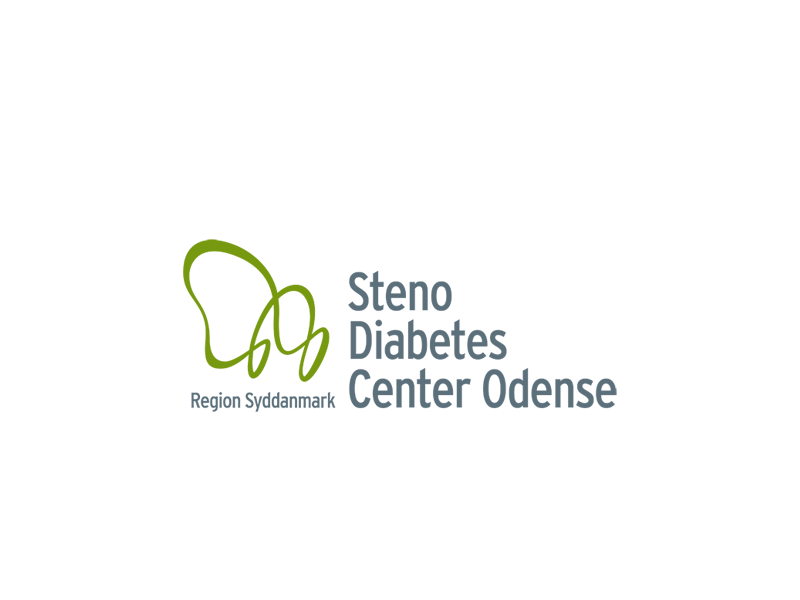Abstract
Background:
The number of patients with type 2 diabetes (T2D) has dramatically increased over the last decades worldwide. Within the last 10 years a large number of new glucose-lowering drugs has reached the market. The rapidly expanding drug armamentarium has left clinicians, pharmaceutical companies and healthcare decision makers with restricted knowledge on how these drugs are used, interchanged or discontinued in clinical practice, and there is limited knowledge about comparative drug effectiveness and incidence of adverse events in real world settings. These issues can effectively be addressed using modern pharmaco-epidemiological methods applied on unique high-quality population-based data sources in Denmark and other settings.
The most recently released class of glucose-lowering drugs is the sodium-glucose co-transport 2 (SGLT2) inhibitors. These drugs inhibits the kidney SGLT2 eznyme, located in the loop of Henle that, when inhibited, will reduce kidney glucose reabsorption via the SGLT2 enzyme, thus evoking glucose excursion via the urine. The European Medicines Agency (EMA) approved the first SGLT2 anti-diabetic agent (dapagliflozin) in late 2012, shortly thereafter canagliflozin was approved in November 2013. Due to the short period these agents have been on the drug market limited real world data currently exist about their pattern of use, characteristics of patients who use them, and long-term effectiveness on glycaemic control and clinical endpoints including adverse events in real-life. In Denmark the total number of individuals users of SGLT2 inhibitors increased from 11 in 2012, to 3,335 in 2013, and to >10,000 in 2014 respectively (Fig. 1). The drug market is currently shared between three compounds (Fig. 1).
The Danish Centre for Strategic Research in Type 2 Diabetes – DD2 is a nationwide database collecting high quality data and biological samples from newly diagnosed T2D patients nationwide. Using the established DD2 database and subsequent data-linkage on the individual level to other unique population-based Danish registries provides a state of the art opportunity to evaluate user characteristics, treatment patterns, and clinical relevant outcomes effectively in real-life.
Main objectives:
To establish a nationwide cohort of all T2D patients aged 30 years or older with a first-time prescription for an SGLT2 inhibitor in Denmark, and to describe clinical characteristics of these patients, including gender, age, comorbidities, diabetes duration, diabetes complications, and co-medication patterns (Thomsen DOM 2015). For a subcohort of SGLT2 inhibitor users also registered in the DD2 project cohort (n=53,000), further characteristics including BMI, smoking, blood pressure, lipids, albuminuria, and metabolic regulation will be explored (Nielsen 2012). SGLT2 inhibitor treatment patterns according to dose, compliance, and adherence will be assessed (Svensson 2015, Pottegaard 2013). Baseline patient characteristics will be compared between SGLT2 inhibitor users and users of other glucose-lowering drugs, comparing eg. metformin users with SGLT2 inhibitor initiation versus other 2nd line add-on therapies (Thomsen Diabetologia 2015). These cohorts will form the basis for future effectiveness analyses of SGLT2 inhibitors and - if possible - canagliflozin on its own, as compared with other glucose-lowering drugs, with respect to glycaemic control, adverse effects, and desired clinical outcomes.




